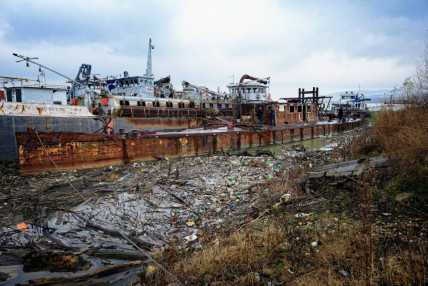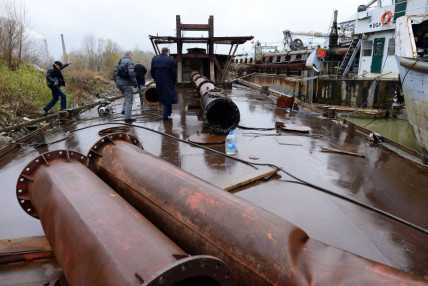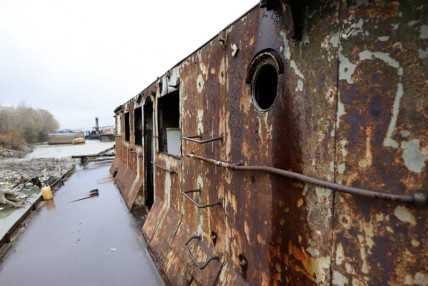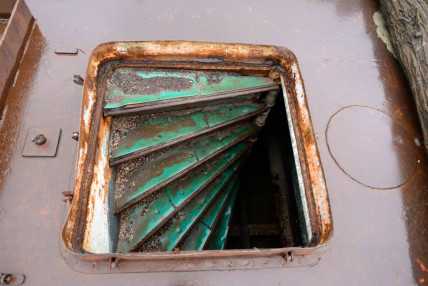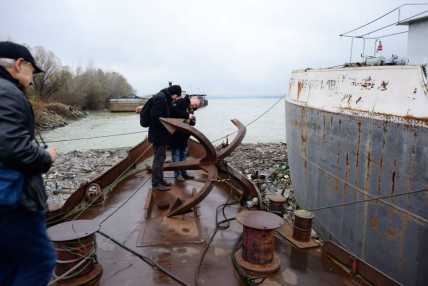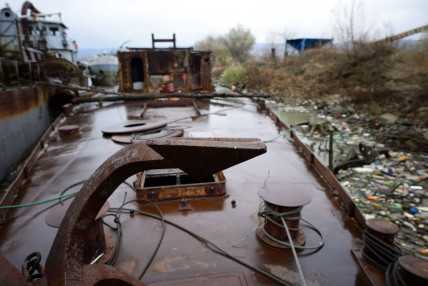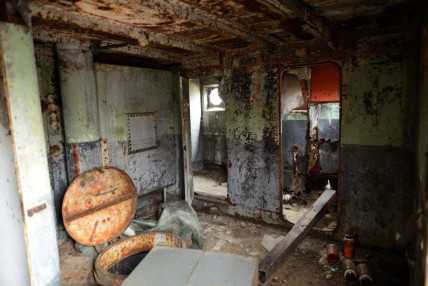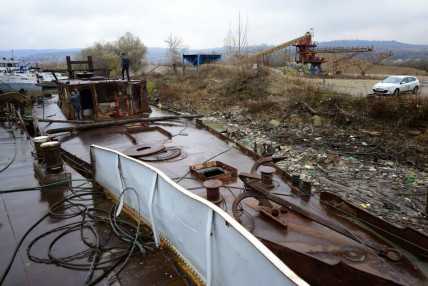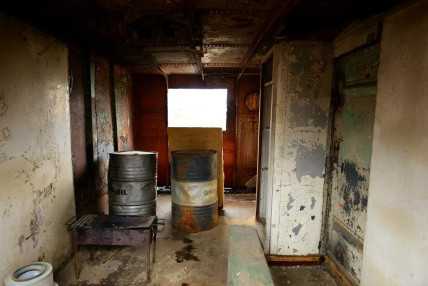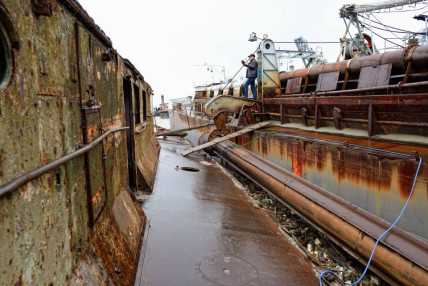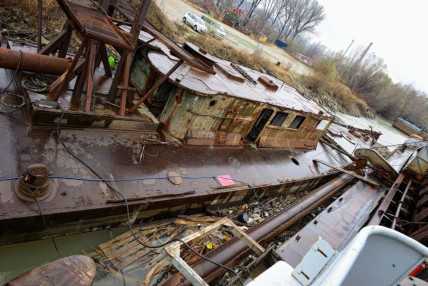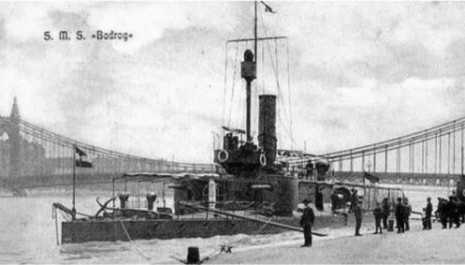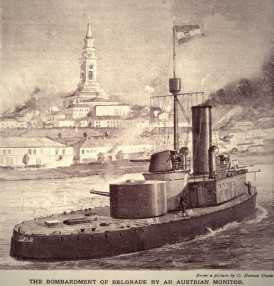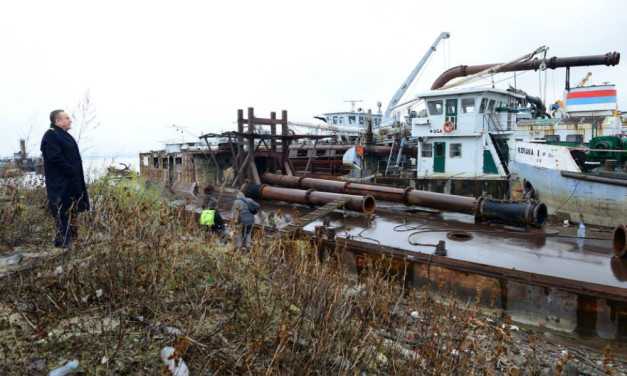Experts Assess Condition of Bodrog Monitor in Belgrade
Szöveg: honvedelem.hu | 2014. december 24. 6:00On December 10, a team of experts comprising representatives of the MoD Institute and Museum of Military History, the Prime Minister’s Office and the Zoltán Steamboat Public Benefit Foundation (an organization with a mission statement of restoring old ships) traveled to Belgrade to assess the condition of the Bodrog monitor anchored in the Serbian capital and the chances of its successful restoration.
Galéria
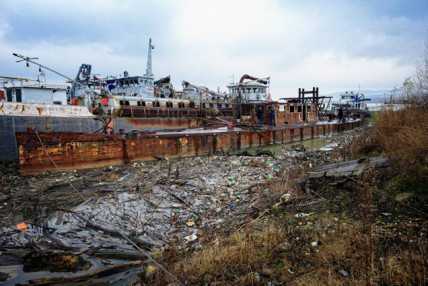
Another representative of this class of ships, the monitor “Leitha" has already been restored and is now anchored in front of Parliament building in Budapest, awaiting tourists.
While in Belgrade, the Hungarian experts held discussions with representatives of the competent Serbian ministry, and carried out an instrumented assessment of the condition of the ship which has been anchored for years. Following this assessment, the Hungarian experts are going to make a proposal as to how the Bodrog monitor should be restored in the framework of a Hungarian–Serb cooperation. It is already probable that the restored ship will be anchored in Belgrade and will be made suitable to be visited by anyone.
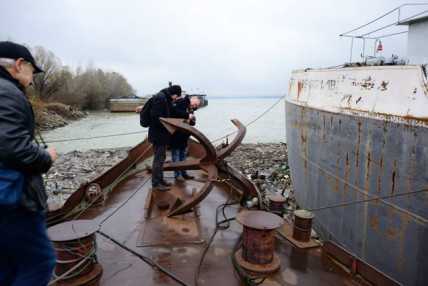
According to an internet source, the Bodrog monitor, equipped with the most advanced naval technology and armament of the time, was launched at the Újpest shipyard in 1904. It was transferred to Belgrade ten years later, on July 28, 1914. The Bodrog led a covert attack by thousands of troops of the Austro-Hungarian Monarchy with the objective of occupying Belgrade. (Some sources claim that the guns of this ship fired the first shots of the First World War.) The defenders of the city, however, opened fire on the gunboats with troops aboard, so the ships capsized, killing some 1,000 troops. The Serbian soldiers also blew up a railway bridge, and so they managed to prevent an attack by land forces.
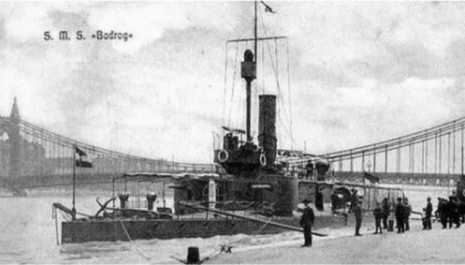
In the first two years of the war, the Bodrog continued its service on a Serbian reach of River Danube, and was subsequently redeployed to Romania. At the end of the war, it provided close support for retreating ships, and finally became the only ship which did not make it home. It ran aground on a sandbank on October 31, 1918. The Serbian Army seized it as war loot and put it into service under the name “Sava" (Save), so it operated as a ship of the Yugoslav navy in World War II and thereafter. Repeated calls for the ship’s preservation as a floating museum eventually led to the government granting limited heritage protection to the vessel in 2005 – a move which has kept it from ending up on the scrap heap –, but it continued operating as a barge.
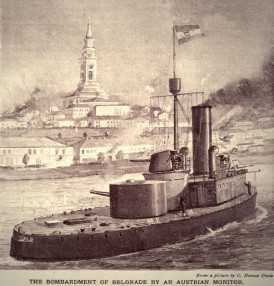
Photos: Emil Váradi (Hungarian Embassy, Belgrade) and archives
